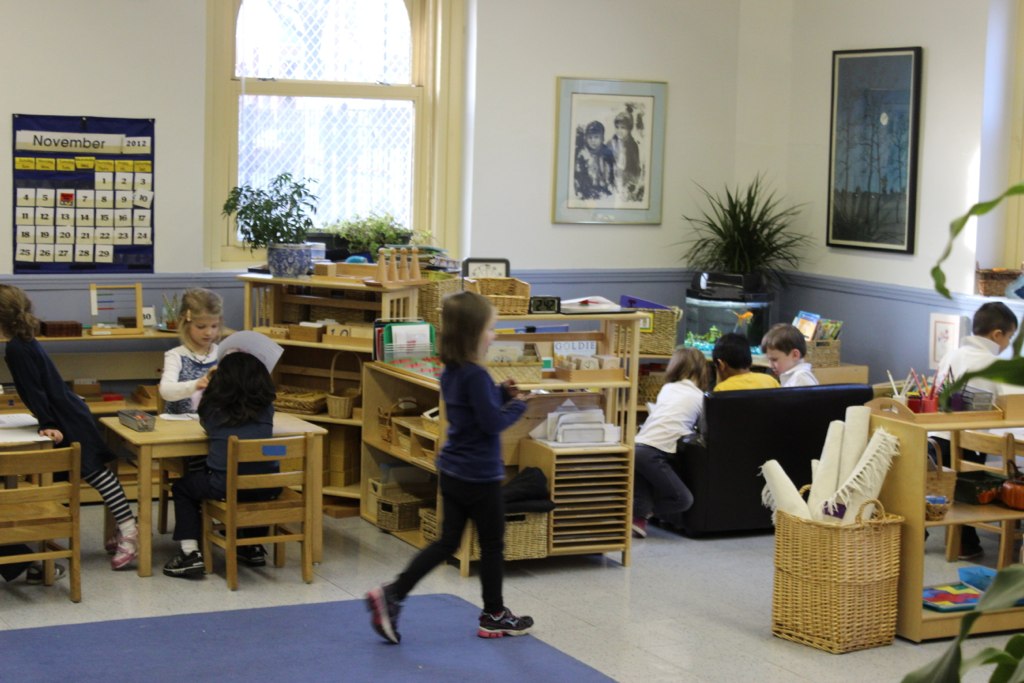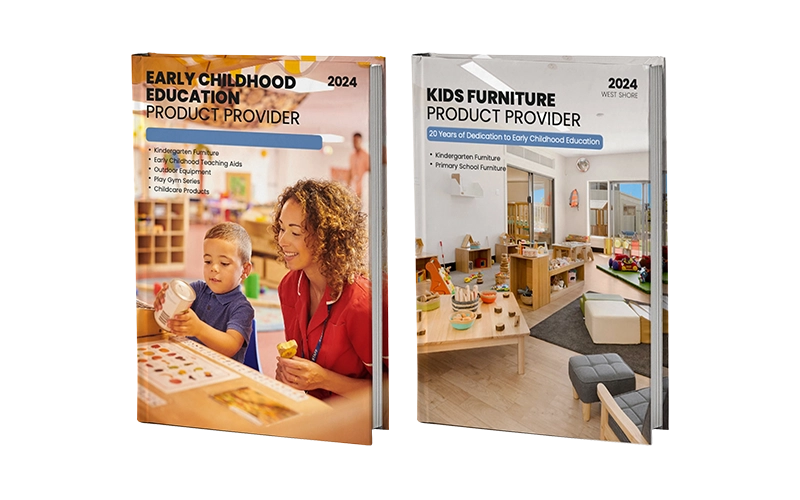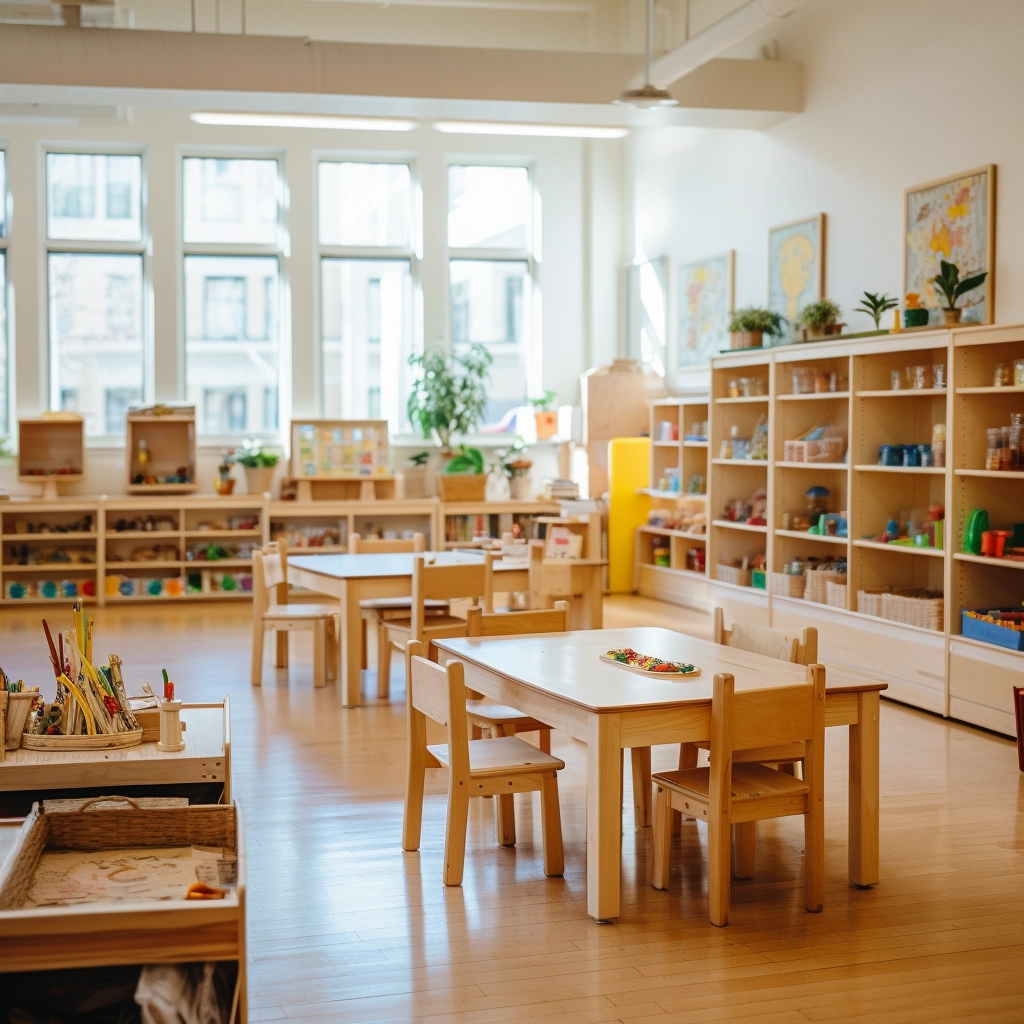Creating a thriving Montessori environment is an investment in a child’s future. Whether you’re a parent setting up a learning space at home or an educator designing a classroom, understanding the critical elements of a prepared environment is crucial. This comprehensive guide explores the core principles of Montessori, offers practical tips for building an adequate learning space, and showcases how West Shore Furniture can help you bring your vision to life.
1. What is a Montessori Environment?
A Montessori environment is a thoughtfully prepared space that fosters independence, curiosity, and self-paced learning. In this setting, children engage with hands-on materials and make meaningful choices guided by trained educators. Each Montessori environment is tailored to support specific developmental stages, promoting language, math, science, and social skills growth.
Designed to align with children’s natural interests, the Montessori environment encourages exploration and deep engagement. Through consistent structure and freedom within limits, children develop confidence and a lifelong love of learning.
The Association Montessori Internationale (AMI), founded by Dr. Maria Montessori, upholds high standards for teacher training and Montessori environments worldwide. Today, certified centers like Montessori Northwest continue to nurture educators dedicated to creating effective Montessori environments for children from birth to age twelve.
2. Key Elements of a Prepared Environment
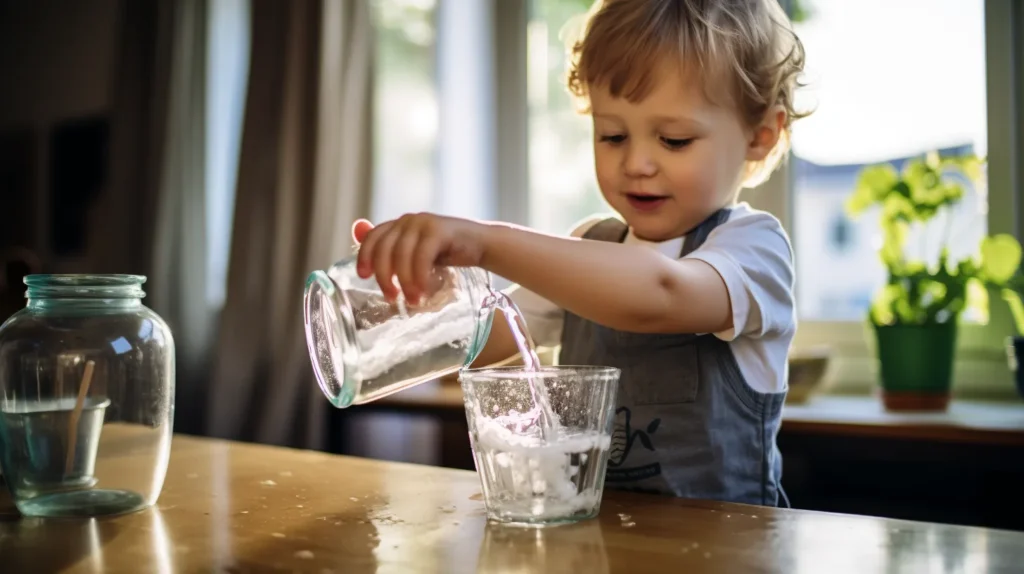
Regardless of whether you’re setting up a space at home or in a school, these core elements are essential:
- Child-Centered Design: The environment should be designed from the child’s perspective. Furniture should be child-sized, materials should be within reach, and spaces should be organized to promote easy access and independent exploration.
- Order and Aesthetics: A sense of order is crucial in a Montessori environment. Materials should be neatly arranged and displayed in an aesthetically pleasing way, creating a sense of calm and inviting exploration.
- Freedom of Movement: Children should be able to move freely within the environment, choosing activities and exploring different areas without restriction.
- Natural Materials: Natural materials like wood, cotton, and wool are preferred, creating a warm and inviting atmosphere.
- Real-Life Experiences: The environment should incorporate activities that connect to real-life experiences, such as practical life skills, care of the environment, and social interactions.
3. Designing a Montessori Environment at Home

Transforming your home into a Montessori-inspired learning space doesn’t require a complete renovation. Here’s how to get started:
Creating Functional Areas
- Practical Life Area: Designate a space for practical life activities like pouring, scooping, buttoning, and food preparation.
- Sensorial Area: Create a dedicated area for sensorial exploration with materials that engage the senses, such as textured fabrics, sound cylinders, and color tablets.
- Language Area: Set up a cozy reading corner with comfortable seating and a variety of books. Include language materials like sandpaper letters and a movable alphabet.
- Math and Science Area: Provide a space for math and science activities with materials like number rods, counting beads, and puzzles.
Choosing the Right Furniture (with West Shore Furniture)
Invest in child-sized furniture that is both functional and aesthetically pleasing. West Shore Furniture offers a wide range of Montessori-inspired furniture, including low shelves, tables, chairs, and storage solutions, designed to promote independence and exploration.
- Low Shelves: West Shore Furniture’s low, open shelves are perfect for displaying Montessori materials, allowing children to easily see and access them.
- Child-Sized Tables and Chairs: Choose from a variety of child-sized tables and chairs designed for comfort and functionality. These dedicated workspaces encourage focus and concentration.
- Storage Solutions: Keep the environment organized with West Shore Furniture’s attractive storage bins, baskets, and trays, promoting a sense of order and responsibility.
Selecting Montessori Materials
Start with a few essential Montessori materials that align with your child’s age and interests. Gradually introduce new materials as they develop.
- Practical Life Materials: Pouring pitchers, scoops, tongs, dressing frames.
- Sensorial Materials: Knobbed cylinders, color tablets, sound cylinders, geometric solids.
- Language Materials: Sandpaper letters, movable alphabet, picture cards, books.
- Math Materials: Number rods, counting beads, spindle boxes, golden beads.
4. Setting Up a Montessori Classroom

Designing a Montessori classroom requires careful planning and consideration of the needs of the children.
Classroom Layout and Organization
- Defined Areas: Create distinct areas for practical life, sensorial, language, math, and cultural activities.
- Flow and Movement: Arrange furniture to allow for easy movement and access to materials.
- Visual Appeal: Create an aesthetically pleasing and calming environment with natural light, soft colors, and natural materials.
Essential Furniture for Montessori Classrooms (with West Shore Furniture)
West Shore Furniture offers a comprehensive range of furniture designed specifically for Montessori classrooms. From low shelves and tables to comfortable reading nooks and activity rugs, our furniture creates a supportive and engaging learning environment.
- Classroom Sets: Choose from a variety of classroom furniture sets that include tables, chairs, and shelves designed to meet the needs of different age groups.
- Reading Nook Furniture: Create a cozy reading corner with comfortable armchairs, beanbag chairs, and low bookshelves.
- Activity Rugs: Define different learning areas with attractive and durable rugs.
- Storage Solutions: Maintain order with a variety of storage options, including cubbies, baskets, and trays.
Equipping Your Classroom with Montessori Materials
Select a wide range of Montessori materials that cater to different learning styles and developmental stages.
- Practical Life Materials: Provide a variety of practical life materials to help children develop essential life skills.
- Sensorial Materials: Offer a rich selection of sensorial materials to engage children’s senses and refine their perception.
- Language Materials: Equip your classroom with language materials that support reading, writing, and vocabulary development.
- Math and Science Materials: Provide hands-on math and science materials that encourage exploration and discovery.
5. West Shore Furniture: Your Partner in Creating Montessori Environments
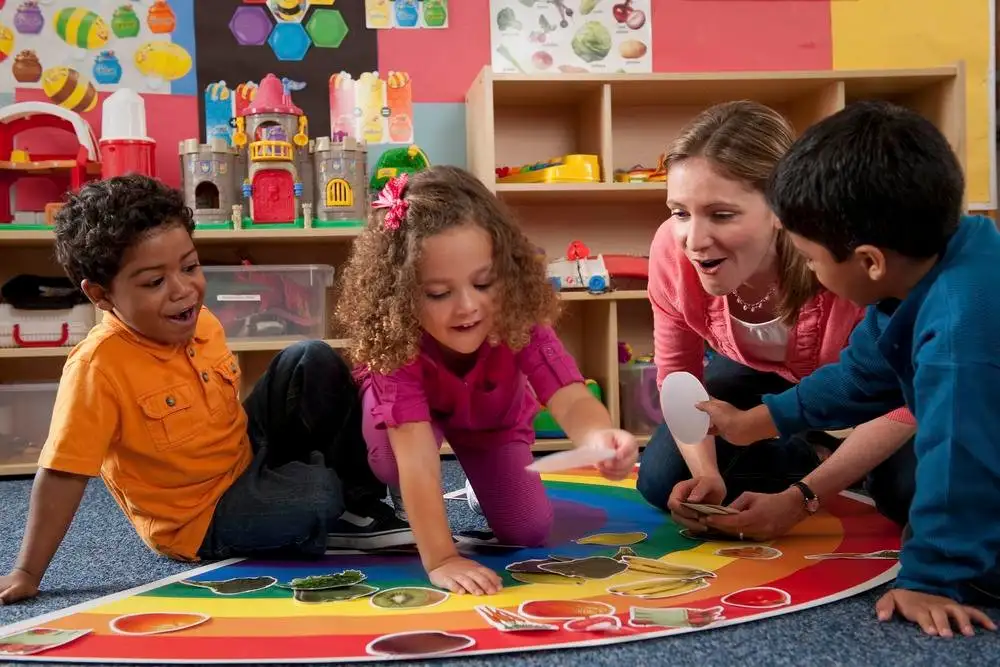
West Shore Furniture is committed to providing high-quality, child-friendly furniture that supports the principles of Montessori education. Our furniture is designed to be:
- Durable and Safe: Crafted with durable materials and child-safe finishes.
- Aesthetically Pleasing: Designed with natural materials and soft colors to create a calming and inviting atmosphere.
- Functional and Versatile: Offers a variety of furniture pieces to meet the needs of different learning environments.
- Affordable: Provides high-quality furniture at competitive prices.
6. Common Challenges and Solutions

Implementing Montessori principles can present challenges, but with thoughtful planning and support, they can be overcome.
- Limited Space: Maximize vertical space, use multi-functional furniture, and rotate materials regularly.
- Cost of Materials: Consider DIY options, prioritize essential materials, and look for used materials.
- Maintaining Consistency: Establish clear routines, involve children in maintaining the environment, and seek support from other Montessori educators or parents.
7. Resources and Inspiration
| Resource Type | Name | Link |
| Organization | American Montessori Society | Link to AMS website |
| Organization | Association Montessori Internationale | Link to AMI website |
| Blog | How We Montessori | Link to How We Montessori blog |
| Blog | The Kavanaugh Report | Link to The Kavanaugh Report blog |
| Instagram Account | @montessorifromtheheart | Link to Instagram account |
Connect with other Montessori educators and parents through online communities, workshops, and local Montessori schools. Stay updated on the latest research and best practices in Montessori education.
Conclusion
Building a successful Montessori environment is an ongoing process that requires observation, adaptation, and a deep understanding of the child’s needs. Whether you’re creating a learning space at home or in a school, the principles of freedom, independence, and exploration remain central. With high-quality furniture and materials from West Shore Furniture, you can create a beautiful and functional environment that inspires a lifelong love of learning.

